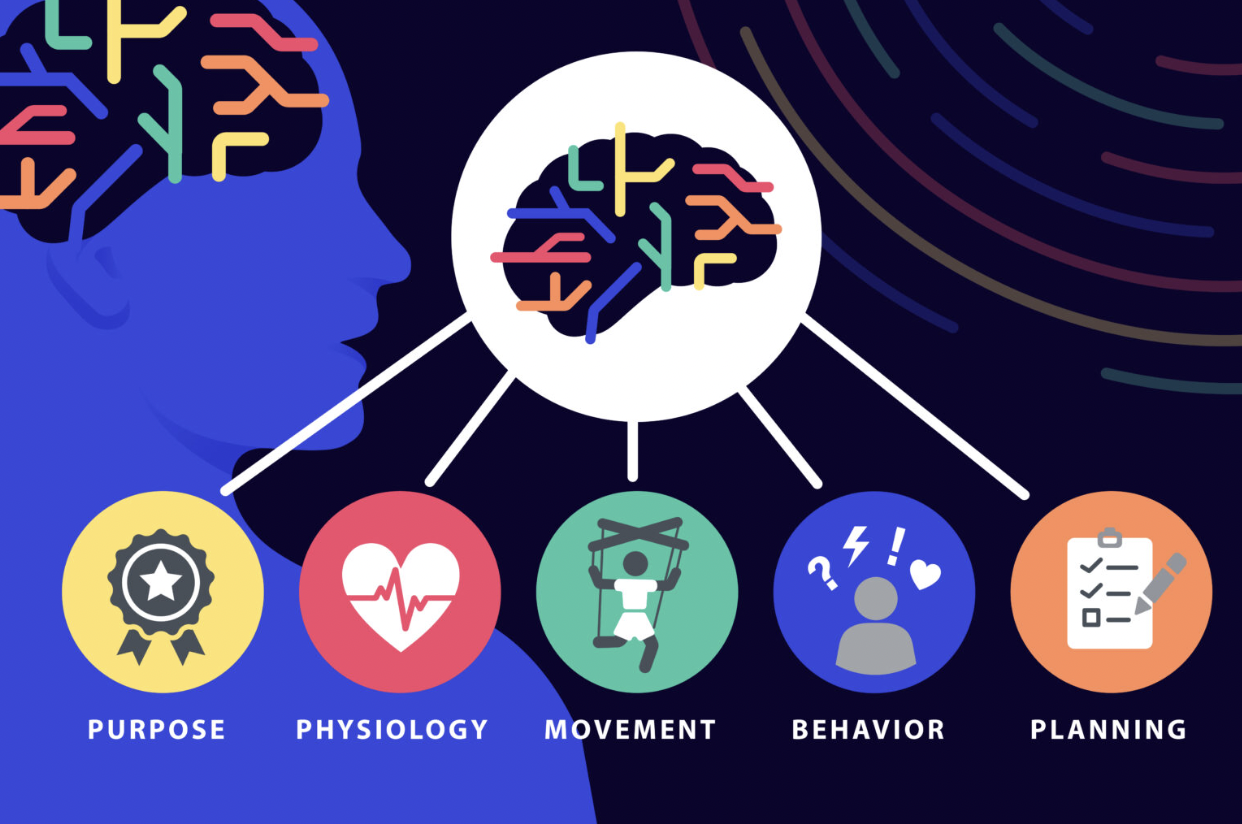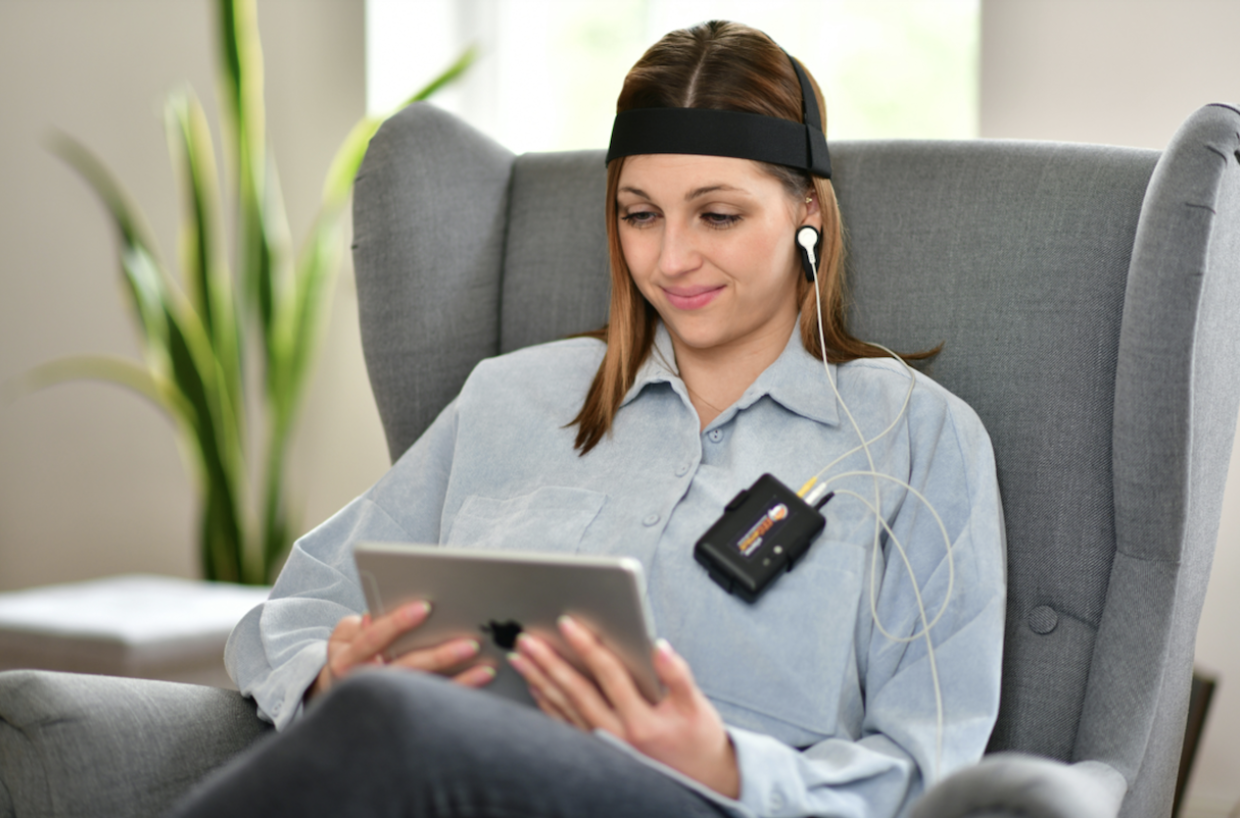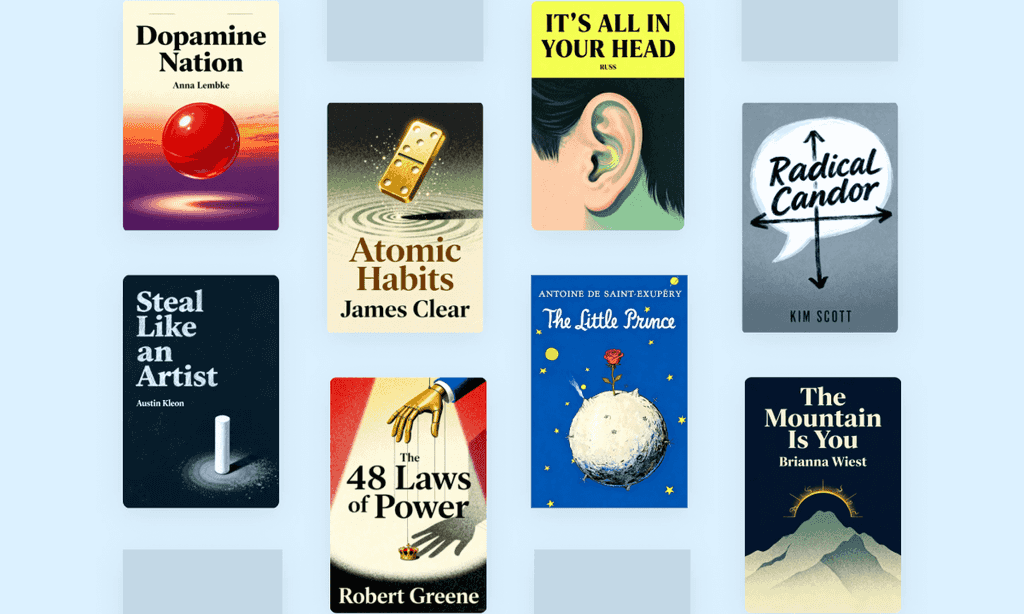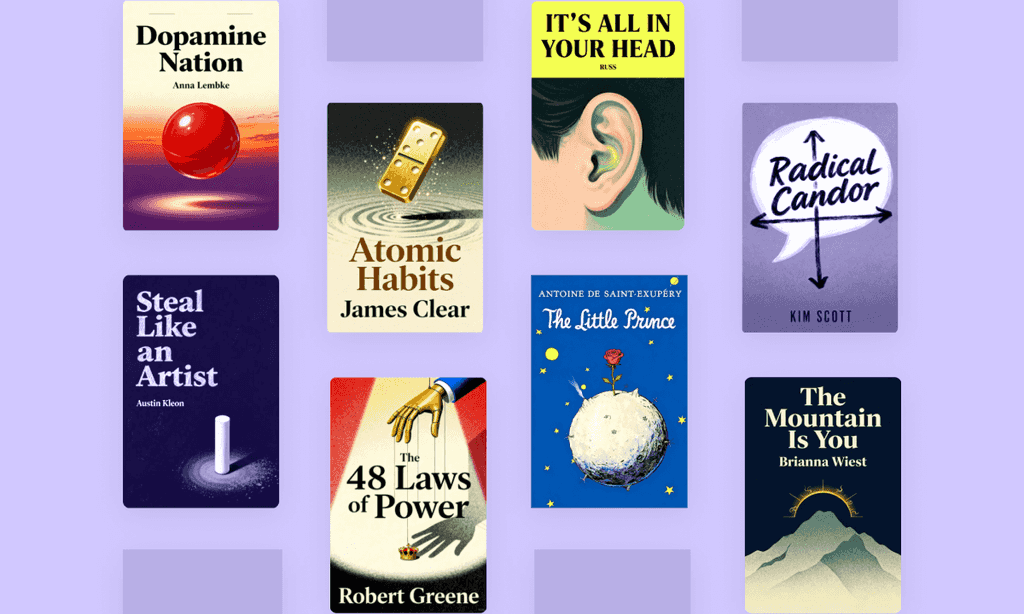The Body Keeps the Score Summary & Key Takeaways: Treatment of Trauma
Explore key insights from The Body Keeps the Score—how trauma reshapes the brain and body, and how healing is possible through science and self-awareness.

I understand why a lot of people think The Body Keeps the Score feels intimidating. I felt the same way too. It’s a long book, packed with scientific research, and it doesn’t shy away from the harsh realities of trauma. Some of the examples are heartbreaking, and if you’ve experienced trauma yourself, parts of it can be really difficult to read. But at the same time, that’s what makes it so important. It’s not just another self-help book—it’s a deep dive into how trauma literally reshapes the brain and body, and why traditional approaches to healing often fall short. That’s probably why it’s been a New York Times bestseller for years.
I personally read this book while working through my own experiences with complex PTSD, and I did so alongside my therapist. If you have PTSD or CPTSD, I highly recommend reading it with professional guidance. It’s a tough but valuable read—one that helped me see my own story in a new light.
Whether you’ve been through PTSD, CPTSD, or are just trying to understand the lasting effects of stress and adversity, this book has something for you. But at over 350 pages, it’s a to take in. So, that's why I created The Body keeps the Score summary for you. I’m going to break it down and share the key insights in a way that’s easier to digest.
Understanding Trauma: The Lasting Impact
Trauma is not just an event; it is an experience that reshapes both the brain and the body. When we encounter a traumatic event, our brain's alarm system goes into overdrive, secreting stress hormones like cortisol and adrenaline. These hormones prepare our body for the "fight or flight" response, but in the case of trauma, this response can become stuck, leading to a perpetual state of hyperarousal or numbness.
Dr. Bessel Van Der Kolk says:
“Trauma is not just an event that took place sometime in the past; it is also the imprint left by that experience on mind, brain, and body. This imprint has ongoing consequences for how the human organism manages to survive in the present.”
I remember reading that quote and feeling like something clicked. Trauma isn’t just about what happened—it’s about what’s still happening inside us long after the event is over. For years, I didn’t understand why certain sounds, places, or even innocent conversations could send me into panic mode or make me completely shut down. But van der Kolk explains that when trauma isn’t fully processed, the body continues reacting as if the danger is still present.
For some people, this means constantly feeling on edge - jumpy, irritable, always scanning for threats. For others, it’s the opposite: a sense of emotional numbness, like you’re disconnected from your own life. Both are survival mechanisms, but when they persist long after the trauma is over, they can make everyday life exhausting.
One of the most eye-opening parts of The Body Keeps the Score is how van der Kolk breaks down what’s actually happening in the brain. The rational, thinking part of the brain—the prefrontal cortex - basically gets hijacked by the amygdala, the part responsible for detecting danger. So even when we know we’re safe, our body doesn’t believe it. That’s why telling someone with PTSD to “just move on” or “stop overreacting” is useless. The trauma is literally wired into the brain and body, and healing requires more than just willpower.
This was a huge realization for me. It helped me let go of the guilt I carried about why I couldn’t “just get over” certain things. And it also made me more open to different healing approaches - ones that go beyond just talking about trauma and actually work with the body to release it.
The Brain-Body Connection: How Trauma Manifests

One of the key lessons from Dr. Bessel Van Der Kolk is the realization that the brain and body are intimately connected in the experience of trauma. When we are traumatized, our body remembers the event even if our mind tries to forget. This is why many trauma survivors experience physical symptoms such as chronic pain, muscle tension, and digestive issues.
For instance, a patient he worked with, Sherry, who survived child abuse, would often pick at her skin during our sessions. This self-destructive behavior was a manifestation of her disconnection from her bodily sensations, a common consequence of trauma.
Trauma also affects our brain's ability to focus, remember, and form trusting relationships. It can lead to flashbacks, which are involuntary memories of the traumatic event. These flashbacks can be triggered by anything – a smell, a sound, or even a feeling – and make the person feel as though they are reliving the traumatic event all over again. This was the case with Tom, a veteran who witnessed his friend's death in combat. He would avoid situations and feel emotionally detached, resorting to risky behaviors like excessive drinking and dangerous motorcycle riding to cope with his trauma.
The Failure of Traditional Therapies
Traditional talking therapies often fall short in treating trauma because they do not address the physical and emotional responses that trauma triggers. Simply talking about the traumatic event is not enough; the body needs to learn that the danger has passed and to live in the reality of the present. This is why many patients feel stuck and frustrated with conventional therapies.
For example, a high-powered trial lawyer Dr. Bessel Van Der Kolk worked with was driven and successful but unable to enjoy his achievements. He would become fully absorbed in his work, feeling alive only when he was in the midst of a challenging case.
However, once the case was over, he would lose his energy and sense of purpose. This pattern of behavior is common among trauma survivors, who often find that they can only feel fully alive when they are totally absorbed in an activity that allows them to escape their current reality.
Innovative Therapies: Pathways to Healing
The good news is that there are innovative therapies that can help trauma survivors heal. These therapies focus on activating the brain's natural neuroplasticity to rewire disturbed functioning and rebuild the ability to "know what you know and feel what you feel."

Source: Unsplash
One such therapy is neurofeedback, which helps the brain learn to regulate itself and reach its optimal brainwave state. Another is Eye Movement Desensitization and Reprocessing (EMDR), which has been shown to reduce the vividness and distress of traumatic memories. Yoga and meditation are also powerful tools, as they help individuals become more aware of their physical reactions and calm their nervous system, making them less likely to be thrown into fight-or-flight mode.
Theater and play therapy can also be effective, especially for children. These therapies provide a safe space for individuals to express and process their traumatic experiences in a non-verbal way. For instance, a patient might use puppets or drawings to recount their story, allowing them to confront and heal from their trauma in a more manageable way.
The Importance of Positive Relationships
Positive relationships are fundamental to our well-being and play a crucial role in the healing process. Our attachment bonds are our greatest protection against threats, and nothing soothes our fear like a soothing voice or a solid hug from a trusted person. This is why immediate emotional support from parents or caregivers is so critical for children who experience traumatic events. Without this support, the effects of trauma can last a lifetime.
For adults, having a supportive network can make a significant difference. Feeling understood and validated by others can help trauma survivors overcome the sense of shame and isolation that often accompanies trauma. This support can come from family, friends, or even support groups, where individuals can share their experiences and find solidarity with others who have gone through similar ordeals.
Overcoming Disembodiment and Reclaiming the Body

Source: Unsplash
Trauma often leads to disembodiment, a state where individuals become disconnected from their bodily sensations. This can manifest in various ways, such as trouble with physical coordination or feeling numb during emotional events. To overcome this, it is essential to help individuals reconnect with their bodies.
Mindfulness practices, such as yoga and meditation, are particularly effective in this regard. These practices help individuals become more aware of their physical reactions and learn to tolerate their feelings. By being present and involved in the moment, individuals can calm their nervous system and reduce the constant barrage of fight-or-flight signals that trauma triggers.
Conclusion: Hope and Resilience
Despite the profound impact of trauma, there is hope for healing. The human spirit is incredibly resilient, and with the right therapies and support, individuals can reclaim ownership of their bodies and lives. My work has shown that by integrating recent advances in brain science, attachment research, and body awareness into treatments, we can free trauma survivors from the tyranny of the past.
The Body Keeps the Score is more than just a book; it is a testament to the courage and resilience of trauma survivors and the dedicated professionals who work with them. It is a call to action, urging us to recognize the widespread impact of trauma and to support those who are suffering. By doing so, we can create a society that is more compassionate, more understanding, and more equipped to heal the wounds of the past.
For me, this book was a turning point. It helped me understand that trauma isn’t just something you can think your way out of—it’s something that lives in the body, and healing needs to address both the mind and the nervous system. It’s why therapies like EMDR, somatic experiencing, yoga, and even creative expression can be so powerful.
Unlocking Deeper Insights with BeFreed: Your AI Reading Companion
If you’re looking for a way to explore The Body Keeps the Score summary in a way that fits your learning style, BeFreed can be an incredible resource. BeFreed is your personal AI knowledge companion, designed to help you grow in the areas that matter most - productivity, mental health, social skills, business, and beyond. It acts as your AI reading buddy, recommending books based on your interests and creating summaries tailored just for you.
Already reading a specific book? You can dive deeper with focused discussions to enhance your understanding. Plus, BeFreed gives you access to 50,000+ AI-powered book summaries, letting you absorb key insights from trending titles in under 10 minutes. And if something resonates with you, a single click allows you to explore a more detailed summary of that section - revolutionizing the way book summaries work. With BeFreed, you can turn even the smallest moments into meaningful learning opportunities, making books like The Body Keeps the Score more accessible and easier to engage with.







